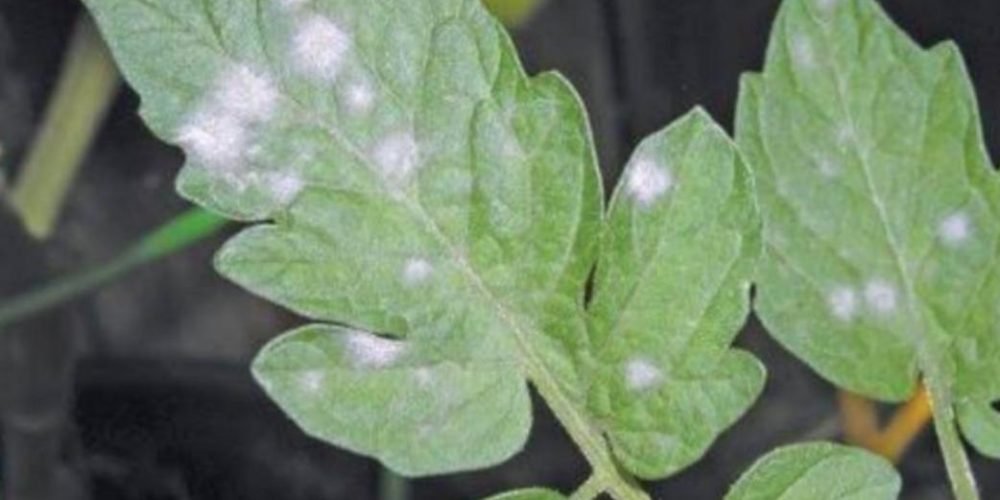Powdery mildew (Oidium) on tomatoes
- Tomato powdery mildew (Oidium) is a disease caused by two species of fungi, Leveillula Taurica and Oidium neolycopersici.
Leveillula Taurica is the most common fungus on tomato crop.
- Powdery mildew A disease that is difficult to control because of its rapid spread.
- It is necessary to apply treatment early in order to quickly stop the disease and prevent its progression.
- Development cycle of powdery mildew (Oidium) on tomatoes
Tomato oidium overwinters in two forms: as mycelium in crops (eggplant, Chili pepper) and in weeds (datura, goosefoot...) and in the form of cleistotes in plant remains. When climatic conditions are suitable (temperatures range between 10°C and 33°C and humidity exceeding 50%), the cleistotes germinate and produce conidial spores that are transported by wind or rain. Conidial spores germinate on the leaves, and a germ tube emerges from them in the cell membrane. After penetrating the leaf, the mycelium develops and in turn produces conidia (spores) on the upper side of the leaves. This is known as the primary infection cycle.
The resulting spores are spread in the field by wind or rain and infect healthy parts of plants. This is called a secondary infection.
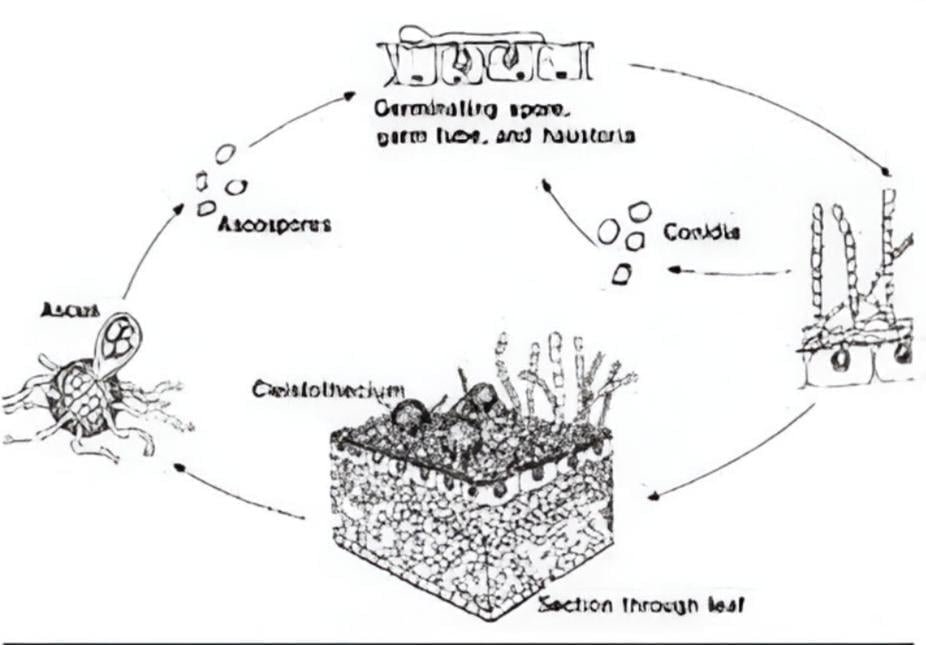
Symptoms and damage of powdery mildew (oidium) on tomatoes
On the leaves: appearance Pale yellow spots on the upper side of the leaves And white down, somewhat visible on the underside. When humidity is high, white fuzz appears and develops on the upper side. These attacks cause necrosis and drying out of infected leaves.
This species specifically attacks the leaves and causes their death.
Leaves, flowers, and petals are affected, but stems and leaf petioles are usually not affected.
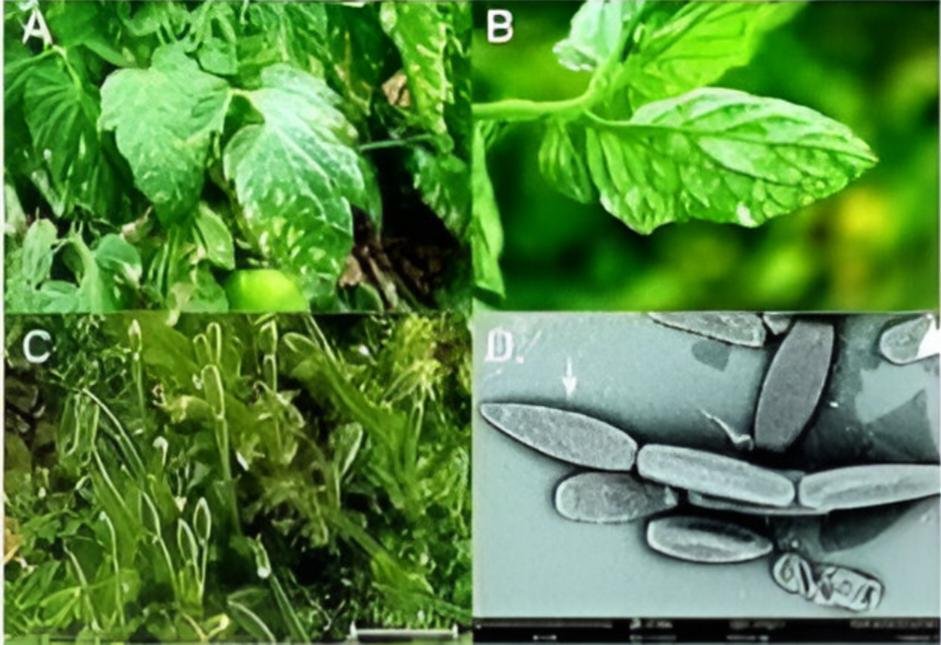 The disease usually appears in the middle of the season with the beginning of fruit set.
The disease usually appears in the middle of the season with the beginning of fruit set.
Symptoms of powdery mildew (oidium) on tomatoes appear first on the large lower leaves, in the form of spots, smudges, or large areas of ill-defined shape, yellow in color, on the upper surface of the leaf, turning as the infection progresses into brown (burns surrounded by a yellow halo). These spots on the lower surface of the leaf are accompanied by fungal growths (conidia and spores, powdery white to gray to pale brown. The affected leaves usually remain attached to the plant, but they may sometimes fall.
Symptoms on flowers appear as a gray powder on flower petioles and petals, causing the flowers to die.
To confirm the diagnosis of powdery mildew (oidium) on tomatoes and distinguish it from other diseases, bend a leaf at the site of the yellow spot with the bottom surface of the leaf facing the outside, then examine the leaf at the folded edge using a magnifying glass (15-20). In case Powdery mildew Note the appearance of straight, hair-like structures, slightly longer than normal hairs, which are the carriers of conidial spores. And it is possible
By microscopic examination, conidial spores with a pointed end can be seen at the ends of these carriers. In the case of the fungus Erysiphe app, symptoms appear on the upper surface
The leaf has yellow spots covered with white dust like flour. As it happens Wilting of leaves.
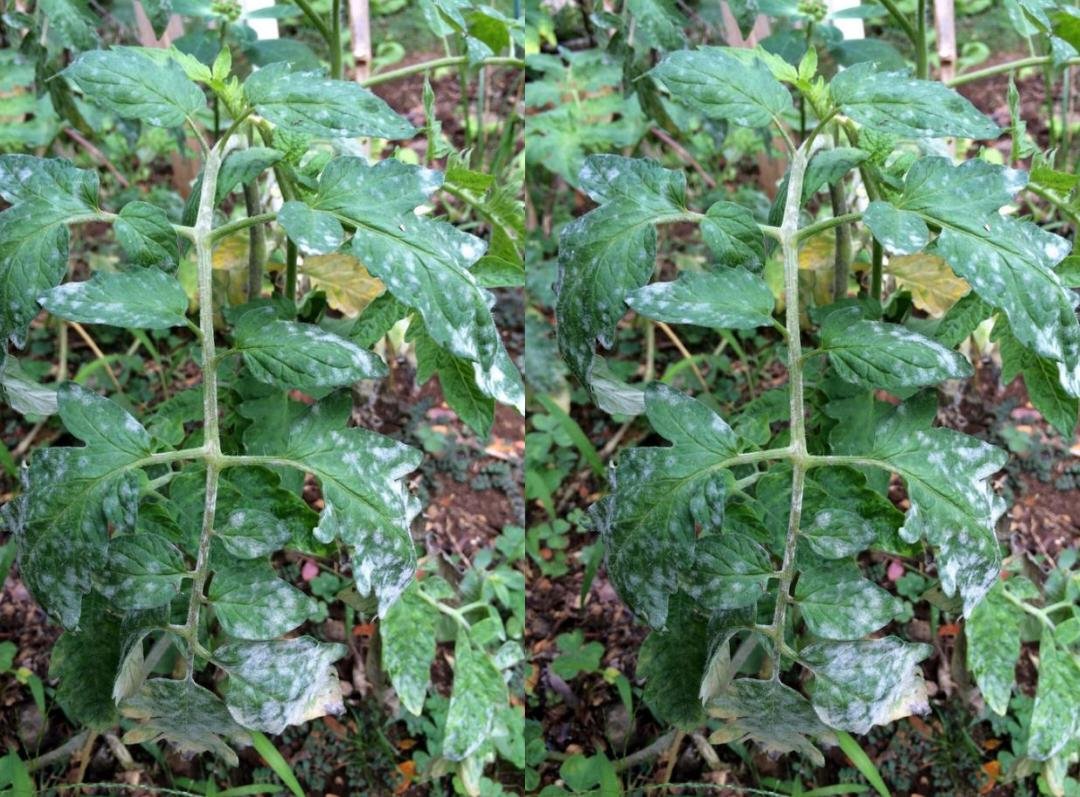
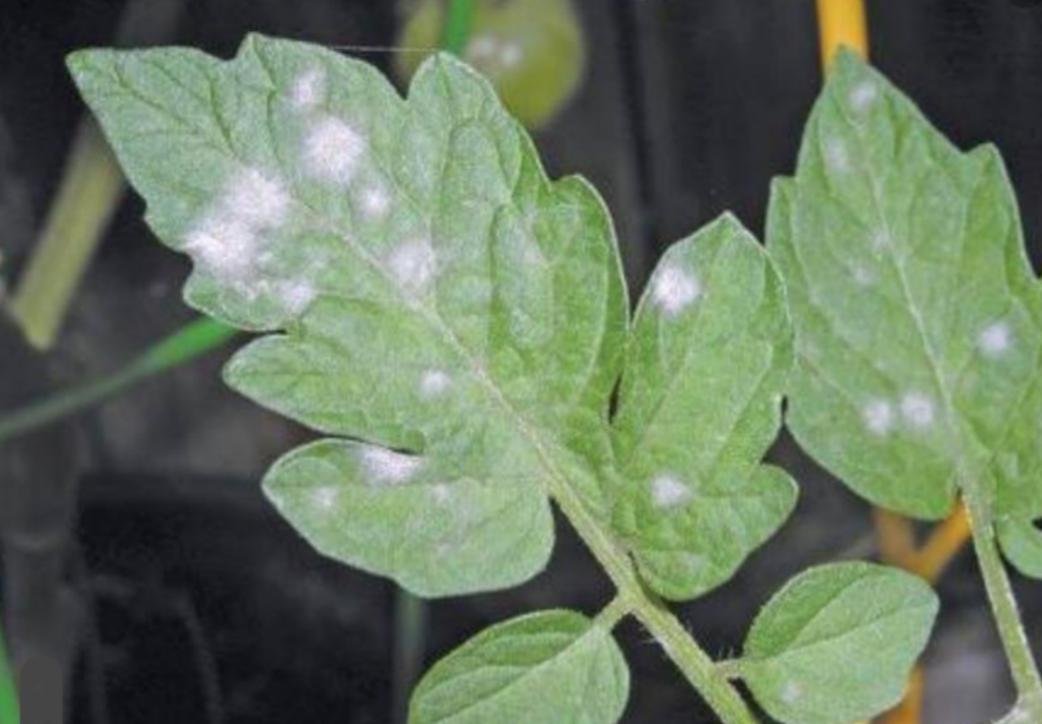
- Control strategy against powdery mildew (Oidium) on tomatoes
Controlling Ooidium requires a program that combines preventive and chemical control.
- Preventive measures against powdery mildew (Oidium) on tomatoes:
- Practice agricultural rotation to reduce the presence of the disease-causing agent in the soil.
- Reduce plant density to ventilate the field well.
- Rationalizing the amounts of nitrogen fertilizer added.
- It is advisable to install a drip irrigation system.
- Getting rid of weeds that could be a source of disease spread.
- Chemical control against powdery mildew (Oidium) on tomatoes:
Transplantation stage (seedling transfer) - foliar development: At this stage, if the climatic conditions are suitable for the development of the disease (temperature ranging from 10° to 33°C with humidity exceeding 50%), we recommend using Thiophite Jet at a dose of 5 kg/ha.
Foliar development stage - flowering: At this stage, if the climatic conditions remain suitable, we recommend using Strobi at a dose of 0.2 kg/ha.
Nodulation stage - maturity: At this stage, the leaf area of the crop has developed, creating a favorable microclimate for the development of the oedium. We recommend using Priori Opti at a dose of 2.5 l/ha or Score at a dose of 0.5 l/ha. This treatment also ensures control of alternariosis.
- Control to prevent powdery mildew (Oedium) on tomatoes:
- Planting varieties resistant to powdery mildew (oidium) on tomatoes.
- Follow an appropriate agricultural cycle.
- Collect and burn the affected lower leaves.
- Avoid dense planting and pay attention to good ventilation.
- Cosavit % is used for prevention. Micronized sulfur) or fogging sulfur. Spraying with a mixture of Cosavit %.W + Flusilazole gave excellent results in treating the disease.
- Specialized systemic pesticides can be used such as Primor 50% WP Carbendazim Azoxystrobin, Difenoconazole, Myclobutanil, Crisoxime Methyl, and Penconazole.
- The insect, Psyllobora bisoctonotata, of the Coleoptera order, Coccinellidae family, has been recorded, which feeds on fungi. Powdery mildew Leveillula taurica in many countries of the world. It was recorded for the first time in Sudan on the ramtuk plant by Abdullah Abdul Rahim Satti.
- Tammuz (2014) indicated that mixing summer mineral oil with each of the systemic fungicides triadiminol triadiminol, fenarimol fenarimol, and triflumizol triflumizol at the recommended dose contributes to improving their effect in combating the disease. Powdery mildew On tomatoes in protected cultivation. It was recommended that half the dose of the mentioned pesticides be sufficient
- the reviewer :
- https://profert.dz/ar/?avada_portfolio=120#
- 1- Alternatives to pesticides for controlling diseases and pests of vegetables, Ahmed Abdel Moneim Hassan, first edition 2017 AD.
- Plant Protection Newsletter in Arab Countries and the Near East, No
55, April 2012 AD.
- Tomatoes, pests and diseases and their control, Ahmed Abdel Moneim Hassan, Arab House for Publishing and Distribution, 1998 AD.
- 4- The effect of the mixture of mineral oil with the fungicides, fenarimol, Triflumizol, and triadiminol in combating the disease. Powdery mildew On protected tomatoes, Munther Suleiman Tammuz, Tishreen University Journal for Research and Scientific Studies, Biological Sciences Series, Volume (36), Issue (5), 2014 AD. E - Field guide for growing tomatoes in Lebanon, the Regional Project for Integrated Pest Management in the Near East and the Agricultural Protection Department, Plant Protection Department of the Lebanese Ministry of Agriculture, Muhammad Abu Zeid and Imad Nahal, first edition, February 2012.
-6- Protected crops, diseases and pest control, Abdel Hamid Muhammad Tarabiya, first edition, 2010 AD.
- Field work, Amr Jaber Noman Al-Awadi, Yemen.
